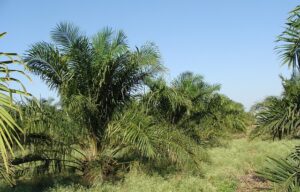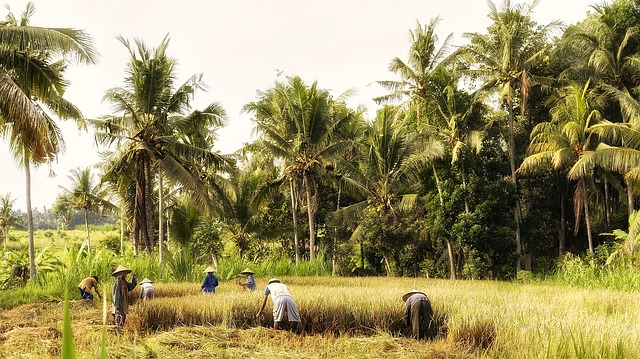Kratom is an evergreen tree that grows in the rainforest areas of many South East Asian regions. In its area of origin, the tree has grown freely in the wild for thousands of years, and the native people have used its leaves to prepare natural remedies to treat various conditions. Additionally, kratom was also favored there thanks to its euphoric and energizing properties.
But recently, the palm oil industry has exponentially grown in those regions and you can find many palm oil tree plantations in the area. But is this a good thing? How does palm tree cultivations affect the environment in those regions and how does it compare to the kratom tree growth? Keep reading below to see an overview of this subject.
How Is Kratom Grown and Processed?
Mitragyna speciosa, also known as kratom, is a plant in the Rubiaceae family, which is, in fact, the same as the coffee tree. As we already said above, kratom typically grows in the wild in the rainforest regions of South East Asia.
The tree grows in humid and warm areas and needs plenty of rain. For this reason, the climate and conditions of the South East Asian forest are perfect for the tree to grow. And, although many kratom trees grow in the wild, there are also people in those areas who plant them. To achieve this, they need soil-rich areas with plenty of sunlight.
Typically, people in the regions where Mitragyna speciosa grows, harvest and collect the leaves directly from the plant. They don’t need to cut the tree to be able to pick the leaves.
After the farmers collect the leaves, they wash them and hang them in racks to dry. And, after they have achieved the sought dryness, they are ground into a fine powder. Finally, the powder is packed and shipped to their final destinations.
How Is Palm Oil Tree Grown and Processed?
Palm trees are cultivated to produce palm oil tree, which is used as an ingredient in foods, cosmetics, and biofuel. The wide number of uses of palm oil is one of the reasons why this is one of the most thriving industries on the planet.
The plant produces fruits which are harvested every year. After the fruits are collected, they are sent to the processing facilities. Then, they must be processed to get the oil, which will be used later in different industries, including the ones mentioned above.
To get palm oil, the fruits are steamed, pressed and refined. This process produces large amounts of wastewater that is disposed into lagoons where it’s cleaned and discharged into local rivers.

Why It Is Important to Reduce Palm Oil Tree Cultivation?
The palm tree is native to Africa and America; however, the larger palm oil producers are in South East Asia (including Indonesia, Malaysia, and Thailand). For this reason, the native species of the rainforest had to be removed in order to make way for palm tree plantations. This destruction can lead to the extinction of endangered species, such as the Sumatran Orangutan and the Sumatran Tiger. Moreover, palm oil tree cultivation in South East Asia contributes to climate change.
On the other hand, studies show that the cultivation of palm oil trees may lead to the infertility of the tropical lands. For this reason, large areas can become infertile and unusable.
Kratom Vs. Palm Oil Tree Cultivation
The most important differences between kratom and palm oil tree are the cultivation and process of the plant. While the palm tree oil involves deforestation and heavy processing, this is the opposite with kratom tree. In fact, Mitragyna speciosa grows easily in the wild and the farmers only need to collect the leaves directly from the tree. Additionally, its leaves will grow back later, so the plant won’t be affected by it.
Moreover, the kratom tree is indigenous to the South East Asian rainforest, so it won’t affect the environment where it grows. This doesn’t happen with the palm tree oil, which belongs to other regions. So, in order to grow it in this area, other native species must be removed.
In conclusion, growing and harvesting kratom is a better alternative for the environment, to maintain the natural habitat of many animal and plant species and to prevent deforestation.


